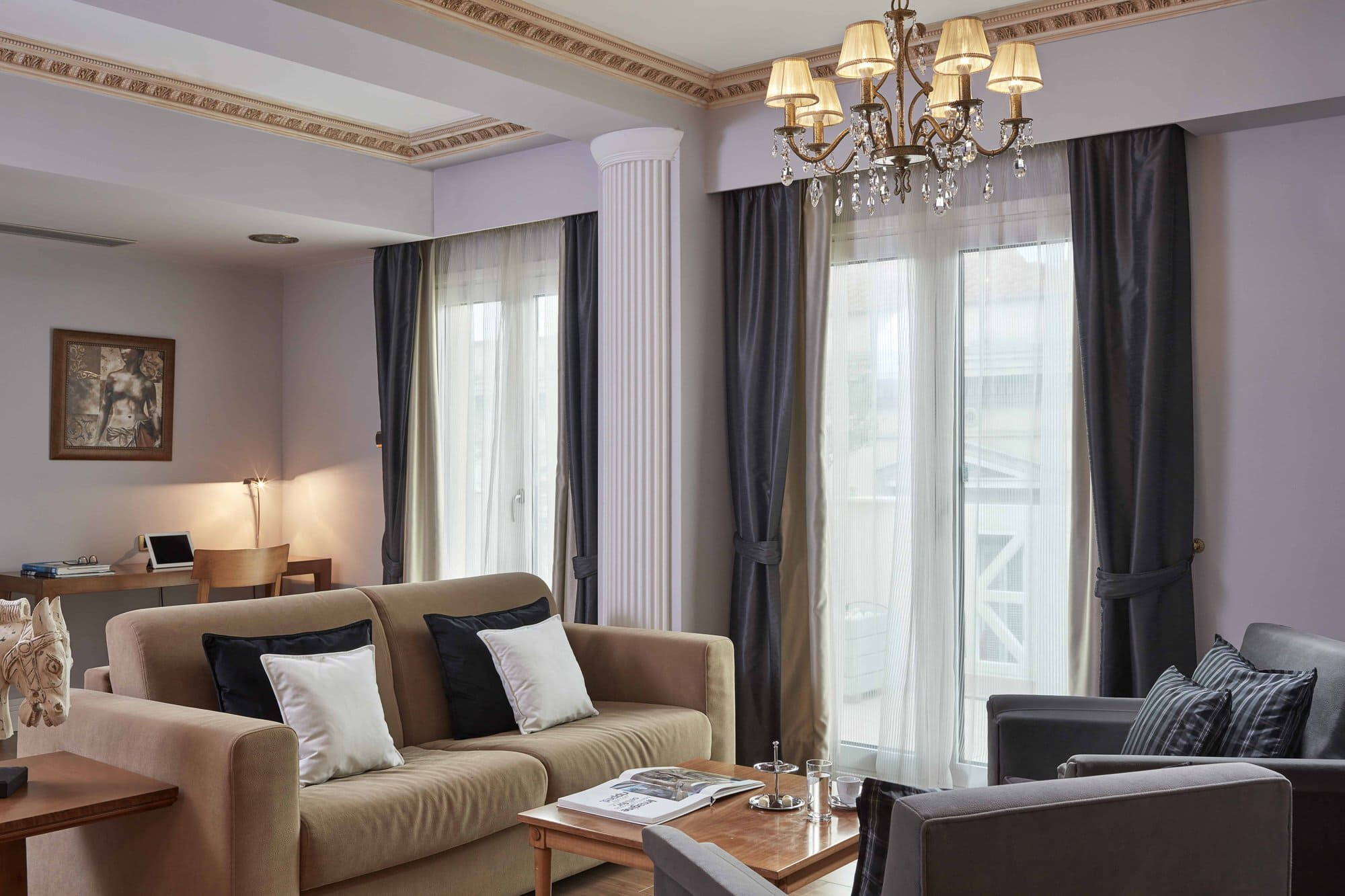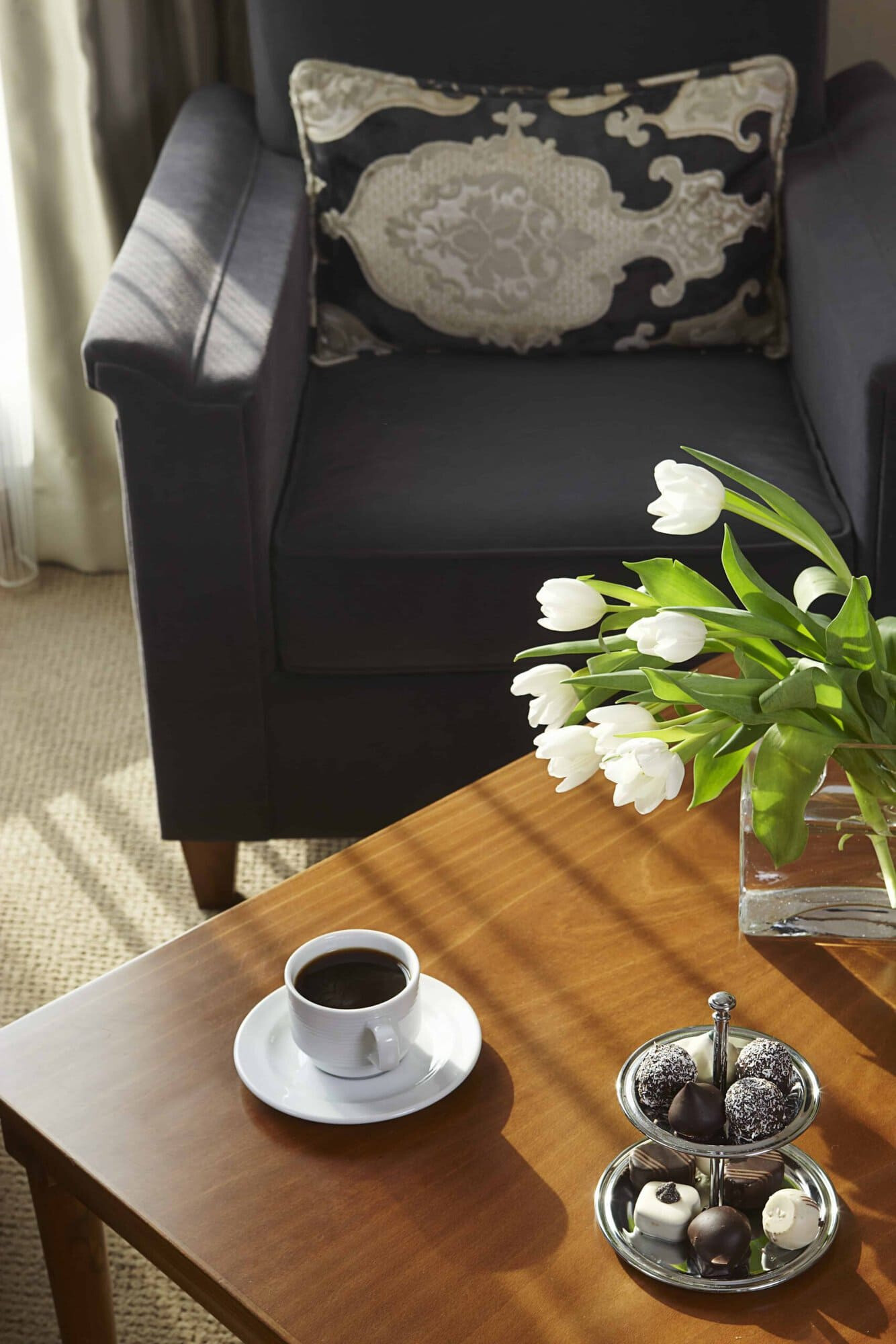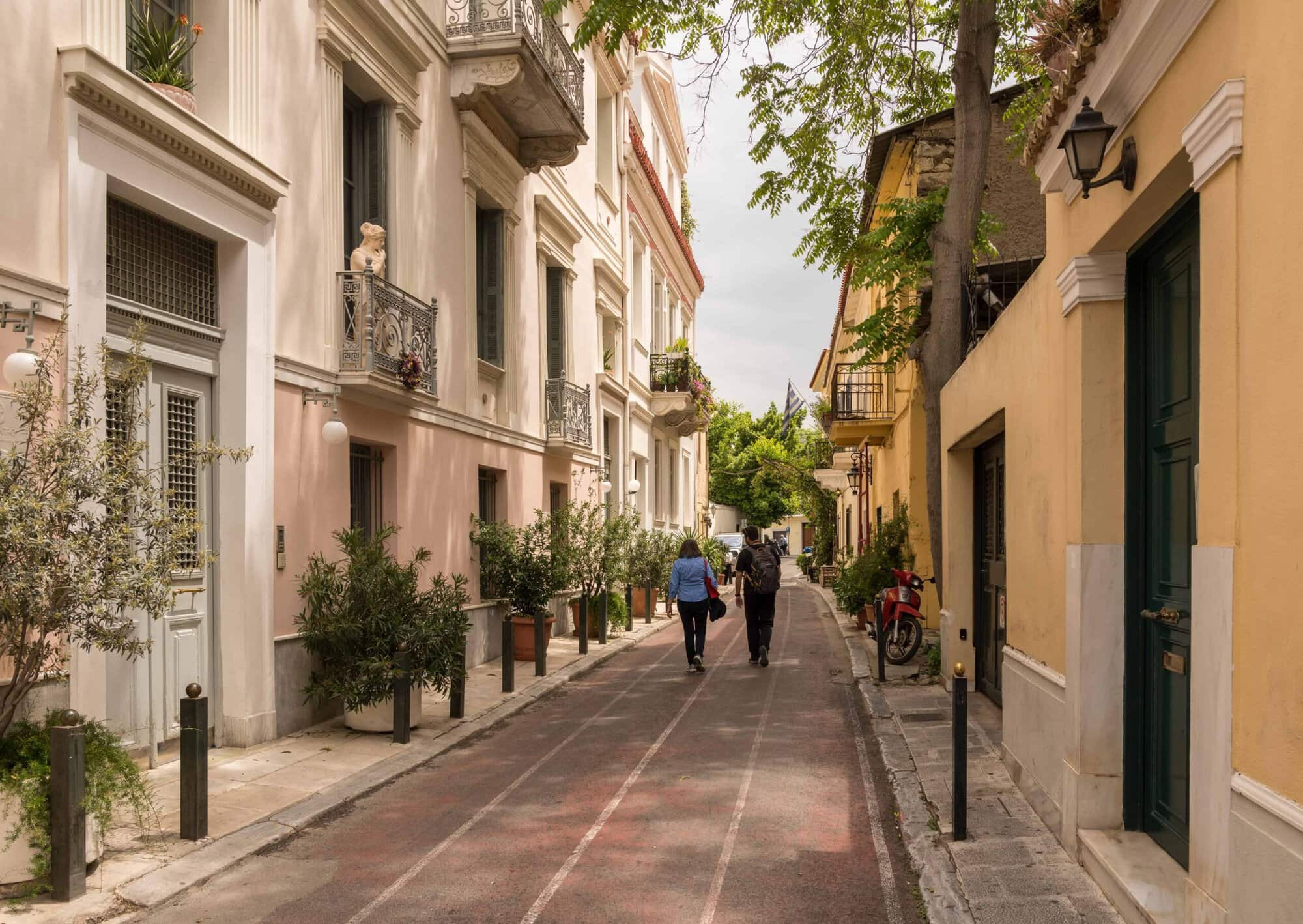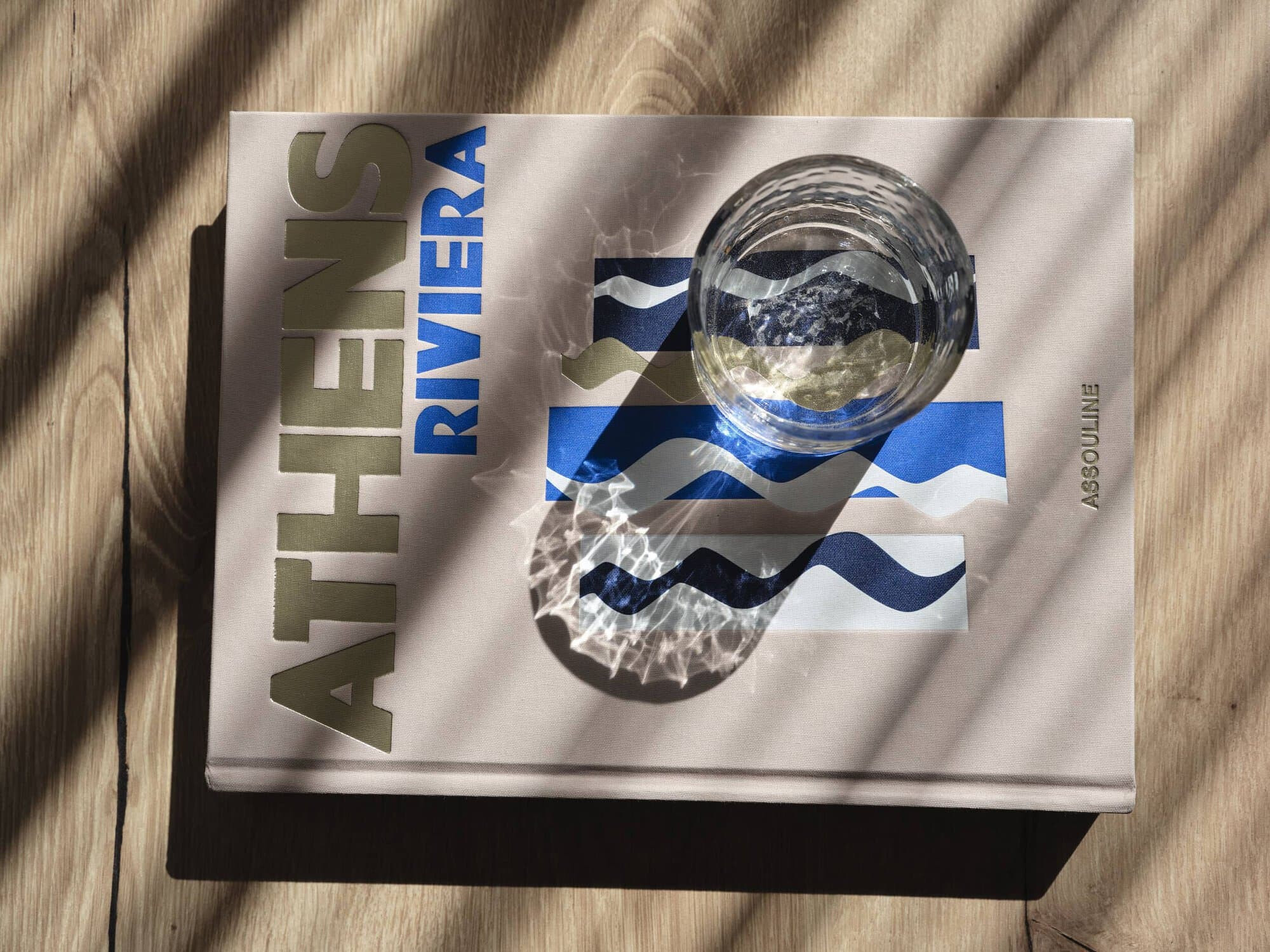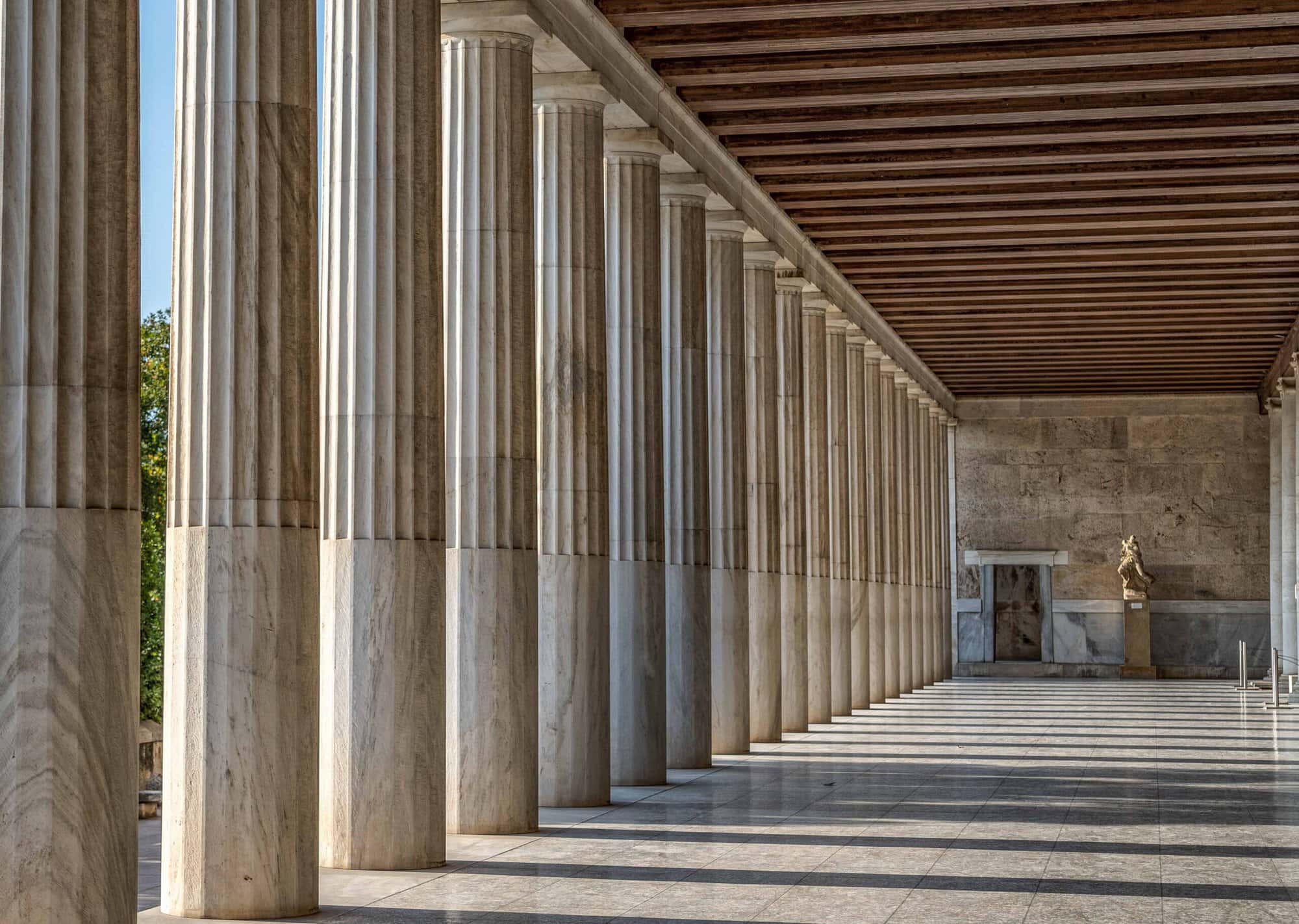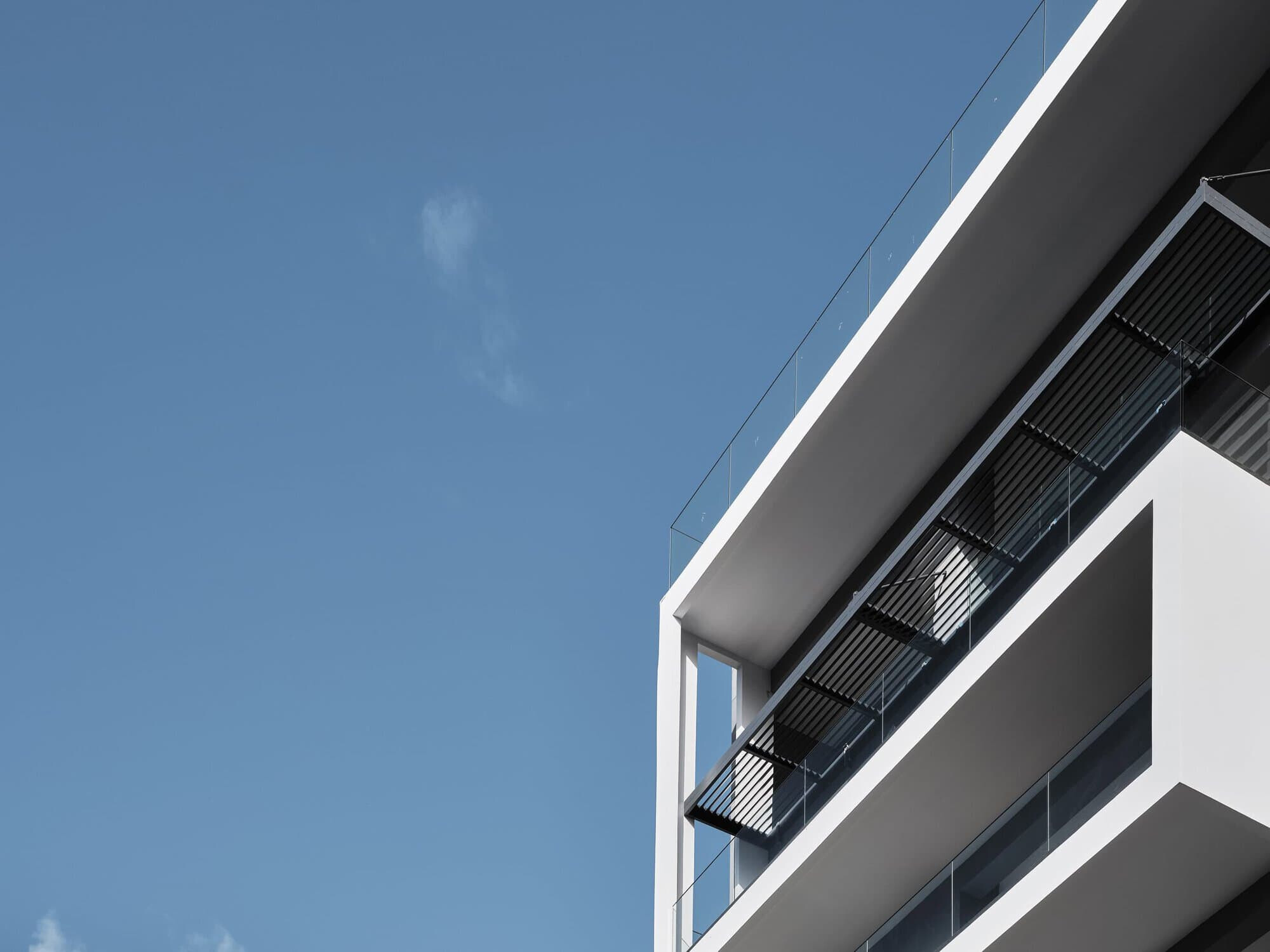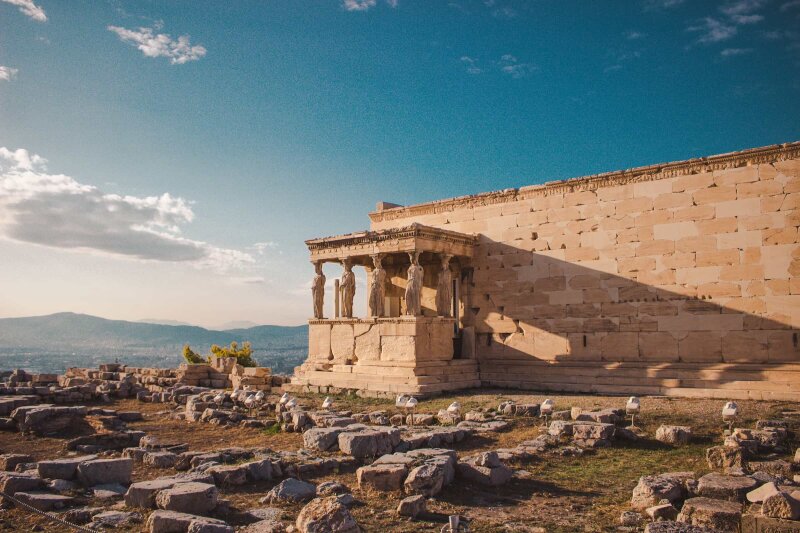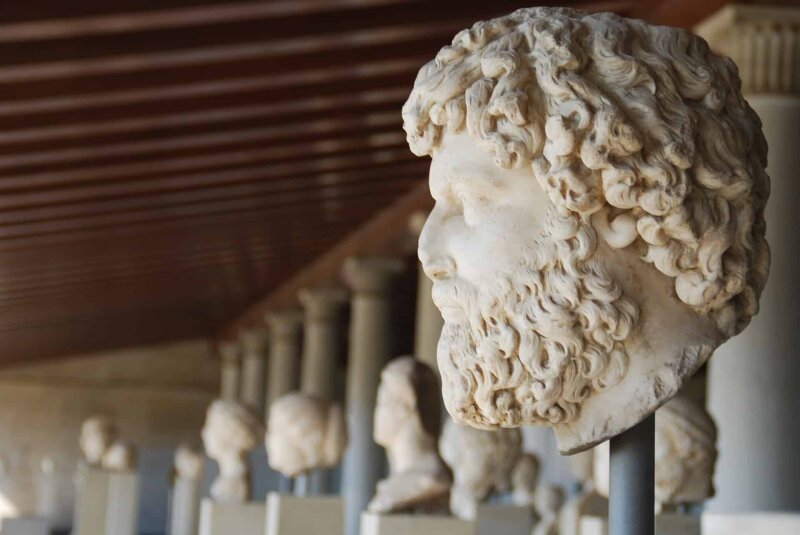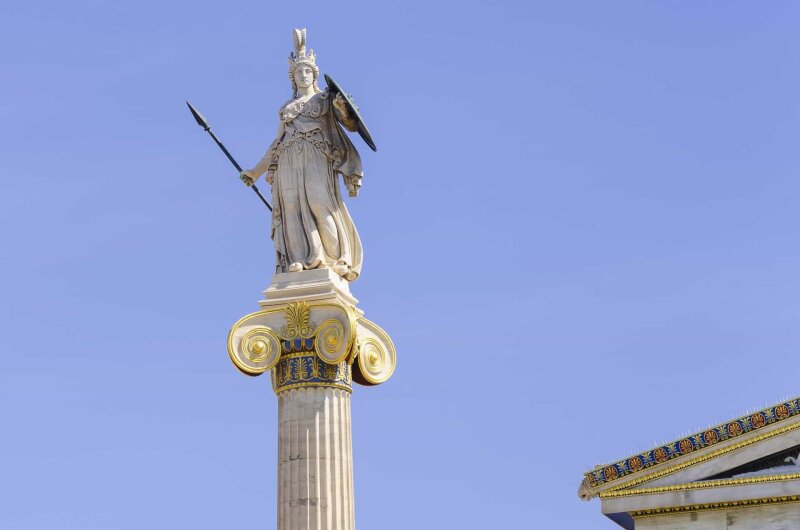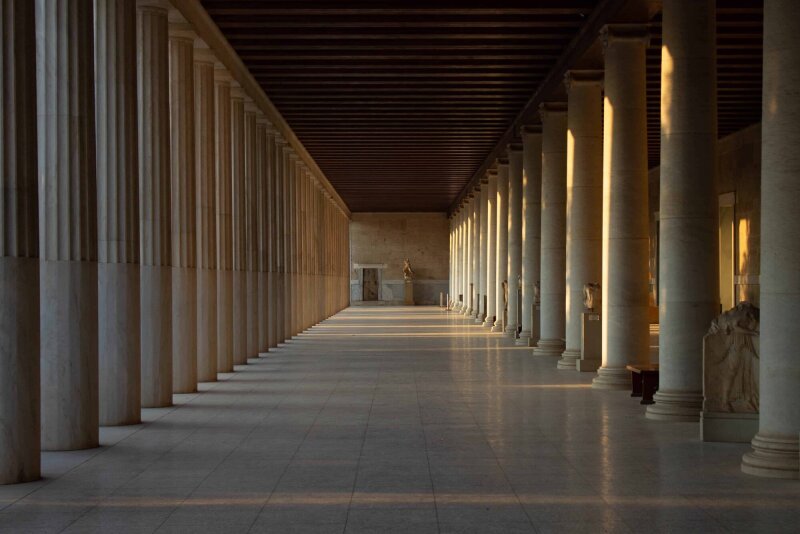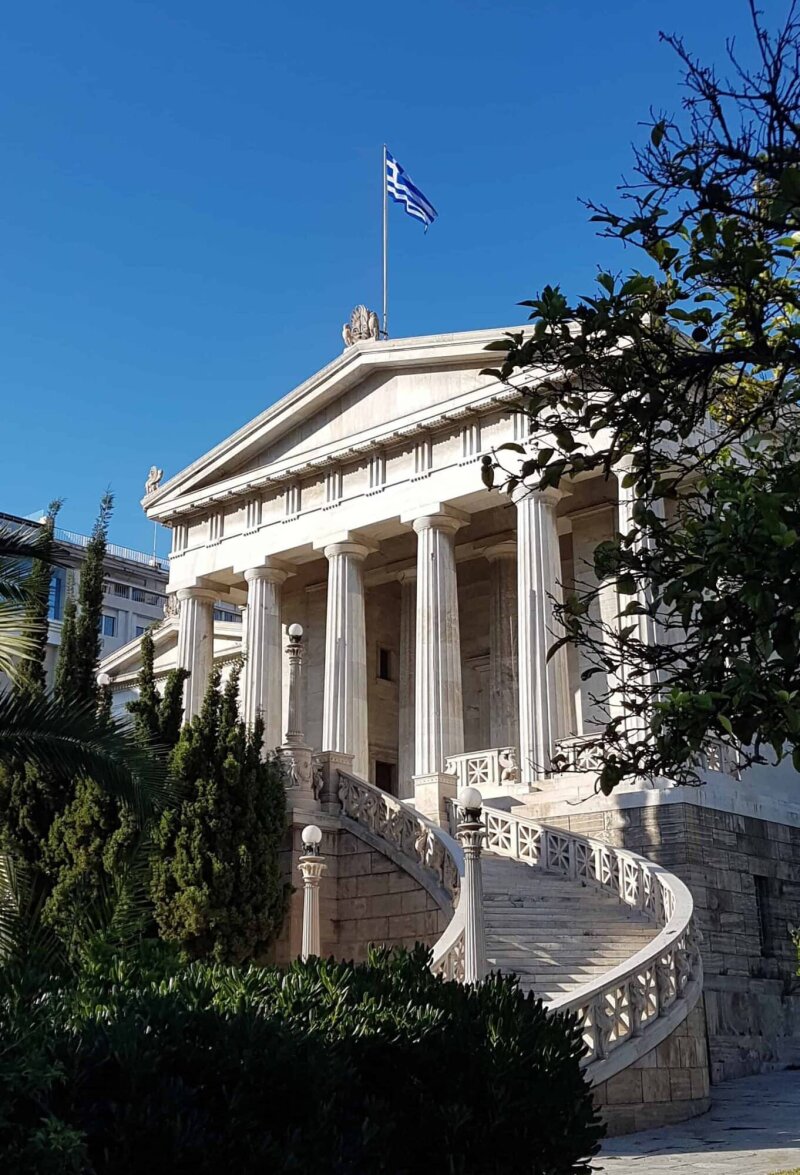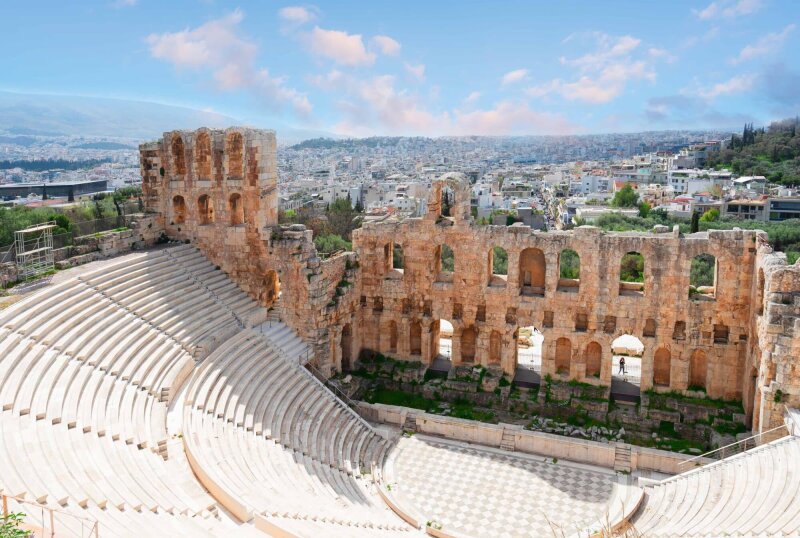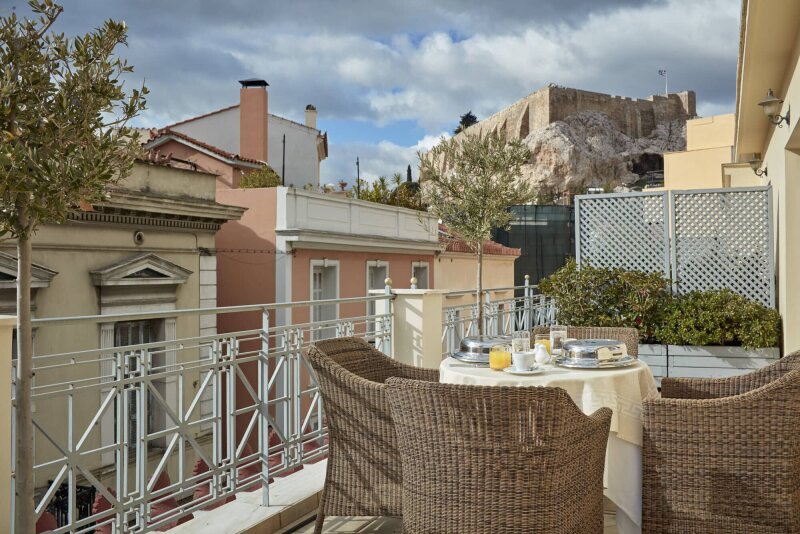Acropolis Athens
The Acropolis (edge of the city / citadel) has been mainly utilized as a religious and residential district as well as the stronghold of the city of ancient Athens.
During the second part of the Persian Wars on 480 B.C., the King Xerxes of Persia invades Athens and in return of his father Darius’ defeat from the Athenians at Marathon on 490 B.C., razes the city to the ground and burns all the temples on the Acropolis. The Athenians, having fled to the nearby island of Salamis could do nothing but sit and watch their city being destroyed.
After the utter defeat of the Persians at Platae on 479 B.C. by the united city-states of Greece, the Athenians rebuilt their city and gradually evolved to become an empire and the cultural centre of Greece and the ancient world (Pericles’ Golden Age).
It was during that period that the Parthenon was built (447 – 432 B.C.) and the Acropolis started taking the form it retains to this day. Envisioned by Athens’ ruler Pericles and assigned to architects Iktinos, Kallikrates, and the sculptor Pheidias, the Parthenon and the Acropolis would become an eternal symbol of civilization, Greek religion and of the city itself.
Through the ages, it has also become an unsurpassed exhibit of architecture and sculpting.
The Parthenon (house of virgins) is dedicated to Athens’ patron goddess Athena, a virgin goddess (Parthenos), whose priestesses were virgin maidens of Athens’ aristocracy.
Other important temples and monuments atop the Acropolis are The Erectheion (in memory of the mythical king Erectheon), the Temple of Athena Nike (Athena victory) and the Propylaea (the gateway of the Acropolis).



